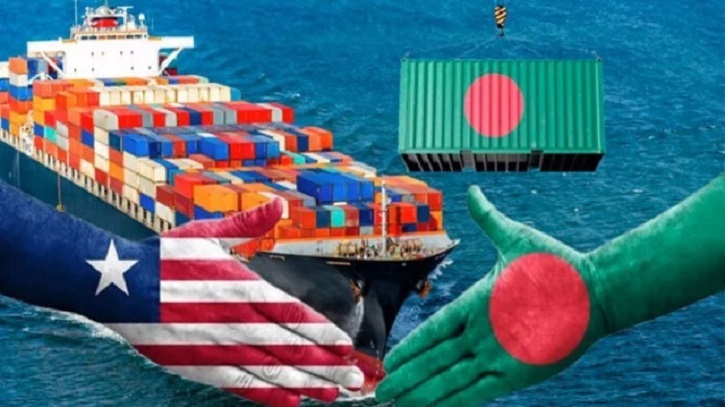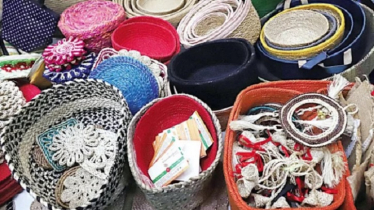
A 20 percent countervailing duty on Bangladeshi exports to the United States came into effect Thursday at 10 a.m., prompting a last-minute surge in shipments as exporters raced to beat the deadline. Products loaded onto vessels before the deadline from Chattogram Port are exempt from the new tariff, leading to significant activity in the port in recent days.
According to the Chattogram Port Authority, exporters were given priority to help them meet the cut-off time, resulting in an additional 800 export containers moving through the port daily. As of 8 a.m. on Wednesday, 19 depots at the port had received 15,400 twenty-foot equivalent containers, the majority of which were bound for the United States.
Mohammad Hatem, President of the Bangladesh Knitwear Manufacturers and Exporters Association (BKMEA), stated that many exporters rushed to ship products within the set timeframe. Those with completed production prior to August 1 managed to export early, contributing to a 25 percent growth in exports in July.
Abdus Salam, Managing Director of Asian-Daff Group in Chattogram, reported that Bangladesh exported garments worth $3.96 billion in July, including $820 million to the United States. Sixty percent of the US-bound exports were shipped via Chattogram Port.
Previously, US President Donald Trump had reduced the countervailing duty from 37 percent to 35 percent. Following the third round of bilateral talks on July 31, the duty was further lowered to 20 percent under a new agreement. However, with an existing average duty of over 15 percent on US-bound imports, the total tariff now exceeds 35 percent. The previous tariff on apparel alone was approximately 16.5 percent.
International trade analyst and former member of the Bangladesh Tariff Commission, Mostafa Abid Khan, noted that tariff enforcement is determined based on the time goods are cleared from the port. A similar system was applied in April, when an additional 10 percent tariff was imposed.
He further pointed out that Bangladesh remains in a relatively advantageous position due to a waiver on counter-tariffs for US raw materials. Given that Bangladesh’s apparel industry is heavily cotton-dependent, and the majority of its imported cotton comes from the US, the sector may benefit in the long term.
According to Ruhul Amin Sikder, Secretary General of the Container Depot Association, exporters sent containers to depots early to avoid the new tariff. This trend is expected to continue into August, with higher-than-average shipments to the US.
He added that while monthly exports typically range between 60,000 and 65,000 containers, July saw an increase to 99,000 containers, of which 81,000 have already been shipped.





